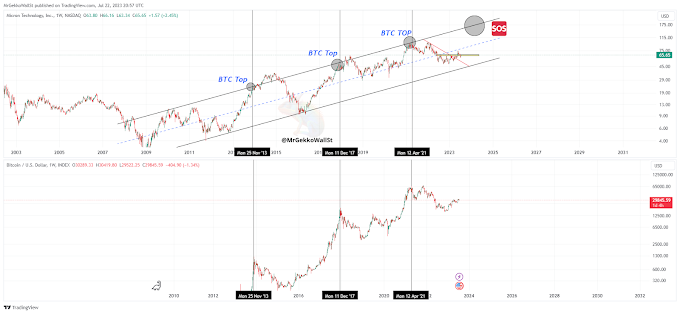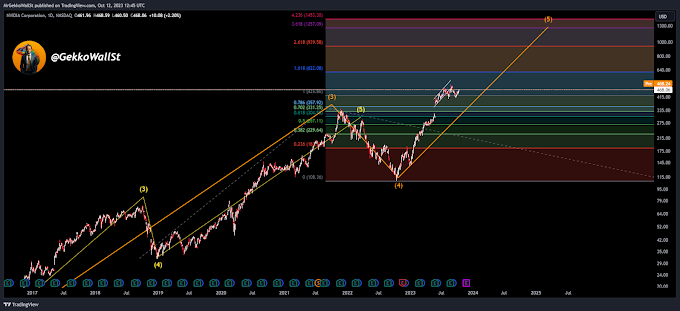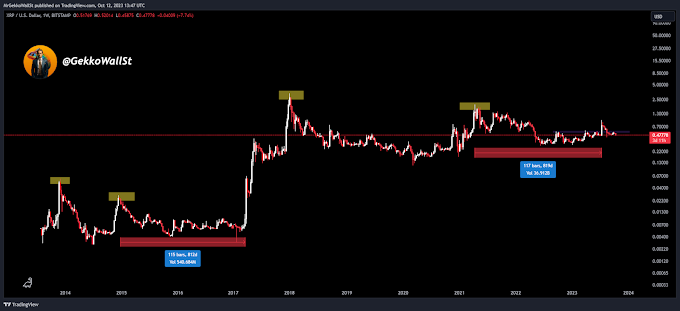1. Confirmation Bias: People tend to seek out information that confirms their existing beliefs and ignore information that contradicts them. This can lead to investment decisions based on partial or distorted information.
2. Anchoring Bias: People might latch onto a specific number (such as the purchase price of a stock) as a reference point and make decisions based on that value, even if circumstances change.
3. Availability Bias: The tendency to give more weight to information that is readily available rather than considering a broader range of data. This can lead to decisions based on recent events, rather than more comprehensive analysis.
4. Overconfidence Bias: Many investors overestimate their own ability to predict the market and make successful decisions, which can lead to taking excessive risks or underestimating the possibilities of loss.
5. Loss Aversion Bias: People tend to weigh losses more heavily than gains, which can lead to decisions based on fear of loss rather than rationally assessing opportunities.
6. Herd Behavior Bias: Investors might be influenced to follow the behavior of the majority, even if it's not grounded in sound analysis. This can lead to market bubbles and irrational decisions.
7. Status Quo Bias: The tendency to prefer maintaining the current state instead of making changes. This can result in resistance to adjusting an investment portfolio when necessary.
8. Optimism Bias: Many people are overly optimistic about their investments, leading to imprudent decisions or ignoring potential risks.
9. Hindsight Bias: The tendency to look back and believe that past events were more predictable than they actually were. This can lead to underestimating risks when making future decisions.
10. Representativeness Bias: When people make judgments based on superficial similarities, such as assuming that a past investment's performance will repeat in the future based on surface characteristics without deeper analysis.
11. Recency Bias: Giving more importance to recent events or information while ignoring long-term trends.
12. Illusion of Control Bias: Erroneously believing that there is more control over investment outcomes than is realistic.
Being aware of these biases can help investors make more informed and rational decisions. Seeking professional guidance and adopting an approach based on analysis and diversification can also help mitigate these biases.





